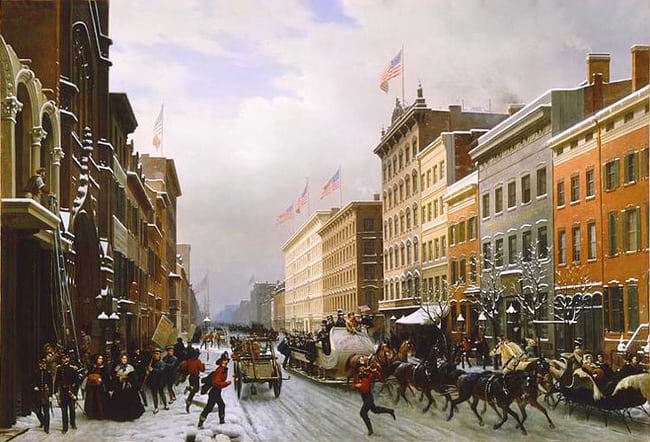
ADVERTISEMENT - CONTINUE READING BELOW
The Criminal Whose Exploits Gave Rise to a Common Term
William Thompson’s modus operandi served him well. As a contemporary newspaper described it: “For the last few months a man has been traveling about the city, known as the “Confidence Man,” that is, he would go up to a perfect stranger in the street, and being a man of genteel appearance, would easily command an interview. Upon this interview he would say after some little conversation, “have you confidence in me to trust me with your watch until to-morrow;” the stranger at this novel request, supposing him to be some old acquaintance not at that moment recollected, allows him to take the watch, thus placing “confidence” in the honesty of the stranger, who walks off laughing and the other supposing it to be a joke allows him so to do. In this way many have been duped“.
Thompson was finally arrested in July of 1849 when a victim named Thomas McDonald, whom Thompson had conned months earlier out of a gold watch worth $110 – a pretty penny back then – spotted the criminal on the street. McDonald alerted a policeman, who arrested Thompson despite his protestations and attempts to fight and flee. Newspapers, recalling his appeals to the victims’ “confidence” labeled Thompson “The Confidence Man”. Thus was born the term that came to be applied to those who gain a mark’s trust as a prelude to a swindle. The term was given a further boost in 1857 when Herman Melville, inspired by William Thompson, released a novel titled The Confidence Man.

